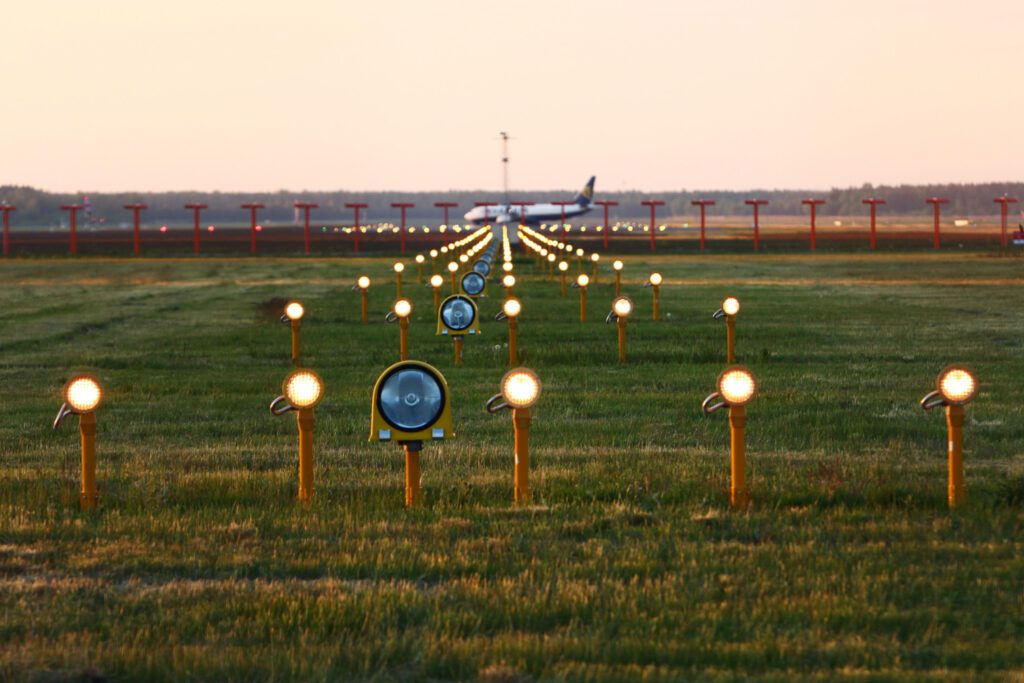Introduction:
As the world grapples with the urgent need to reduce carbon emissions and combat climate change, the aviation industry is stepping up to the challenge by embracing sustainable practices and investing in eco-friendly technologies. In this blog post, we’ll delve into the exciting innovations driving the future of sustainable aviation, from electric propulsion and biofuels to advanced materials and aerodynamic design.
Electric Propulsion: A Clean Takeoff
One of the most promising advancements in sustainable aviation is electric propulsion. Electric aircraft, powered by batteries or fuel cells, produce zero emissions during flight, offering a cleaner alternative to traditional jet engines. While electric propulsion is still in its early stages, rapid advancements in battery technology and electric motor efficiency are making electric aircraft increasingly viable for short-haul flights and urban air mobility applications.
Biofuels: Reducing Carbon Footprint
Biofuels derived from renewable sources such as algae, plant biomass, and waste oils are another key innovation in sustainable aviation. Unlike conventional jet fuels, which are derived from fossil fuels, biofuels offer a lower carbon footprint and can be produced using sustainable farming practices. Airlines around the world are experimenting with blends of biofuels and traditional jet fuels, demonstrating their feasibility as a drop-in replacement for conventional aviation fuels.
Advanced Materials and Lightweight Structures
Advancements in materials science and engineering are driving the development of lighter, stronger, and more sustainable aircraft structures. Composite materials such as carbon fiber-reinforced polymers are increasingly used in aircraft construction, offering significant weight savings and improved fuel efficiency. By reducing the overall weight of aircraft, these advanced materials help lower fuel consumption and emissions, contributing to the sustainability of air travel.
Aerodynamic Design: Maximizing Efficiency
Optimized aerodynamic design plays a crucial role in improving the efficiency and sustainability of aircraft. Streamlined airframes, winglets, and other aerodynamic features help reduce drag and improve fuel efficiency, allowing aircraft to fly farther while consuming less fuel. Computational fluid dynamics (CFD) simulations and wind tunnel testing enable engineers to fine-tune the aerodynamic performance of aircraft, resulting in significant gains in fuel efficiency and emissions reduction.
Collaboration and Innovation: Shaping the Future
Achieving sustainability in aviation requires collaboration and innovation across the industry. Airlines, aircraft manufacturers, government agencies, research institutions, and environmental organizations are working together to develop and implement sustainable aviation solutions. From investment in research and development to the adoption of new technologies and operational practices, stakeholders are committed to reducing the environmental impact of air travel while ensuring the industry’s long-term viability.
Conclusion:
The future of sustainable aviation is filled with promise and potential. By harnessing the power of electric propulsion, biofuels, advanced materials, and aerodynamic design, the aviation industry is charting a course toward a more sustainable future. Through collaboration, innovation, and a shared commitment to environmental stewardship, we can create a world where air travel is not only efficient and accessible but also environmentally responsible. As we continue to push the boundaries of technology and sustainability, the skies of tomorrow will be cleaner, greener, and more sustainable for generations to come.


